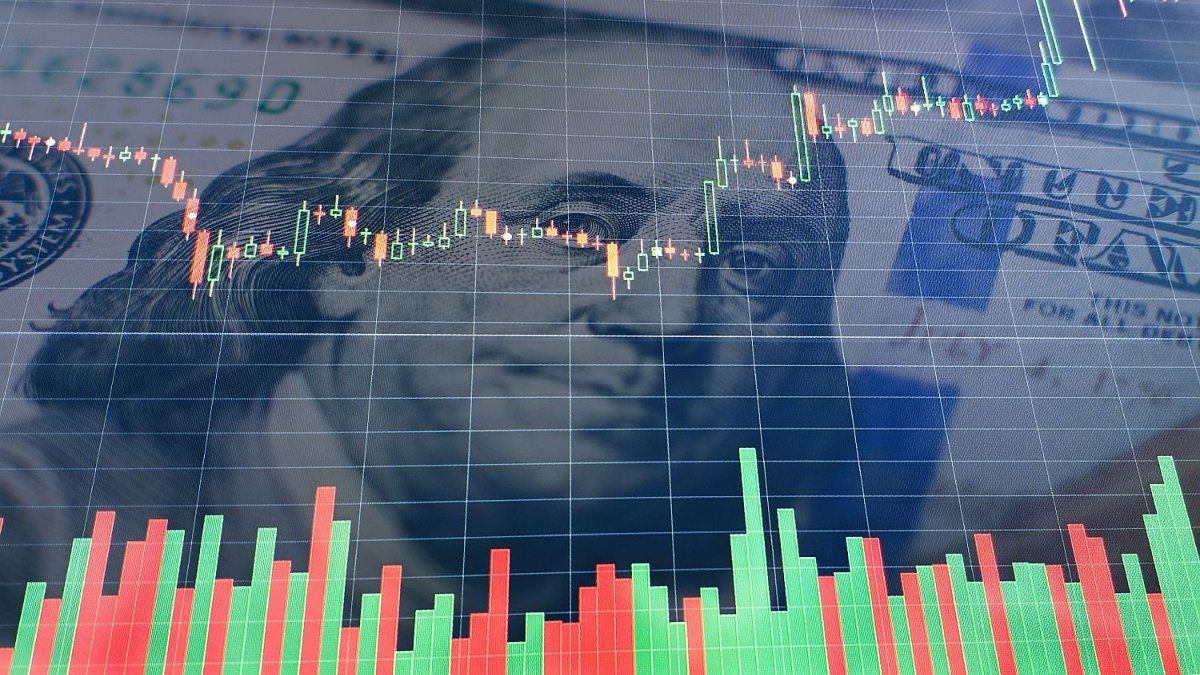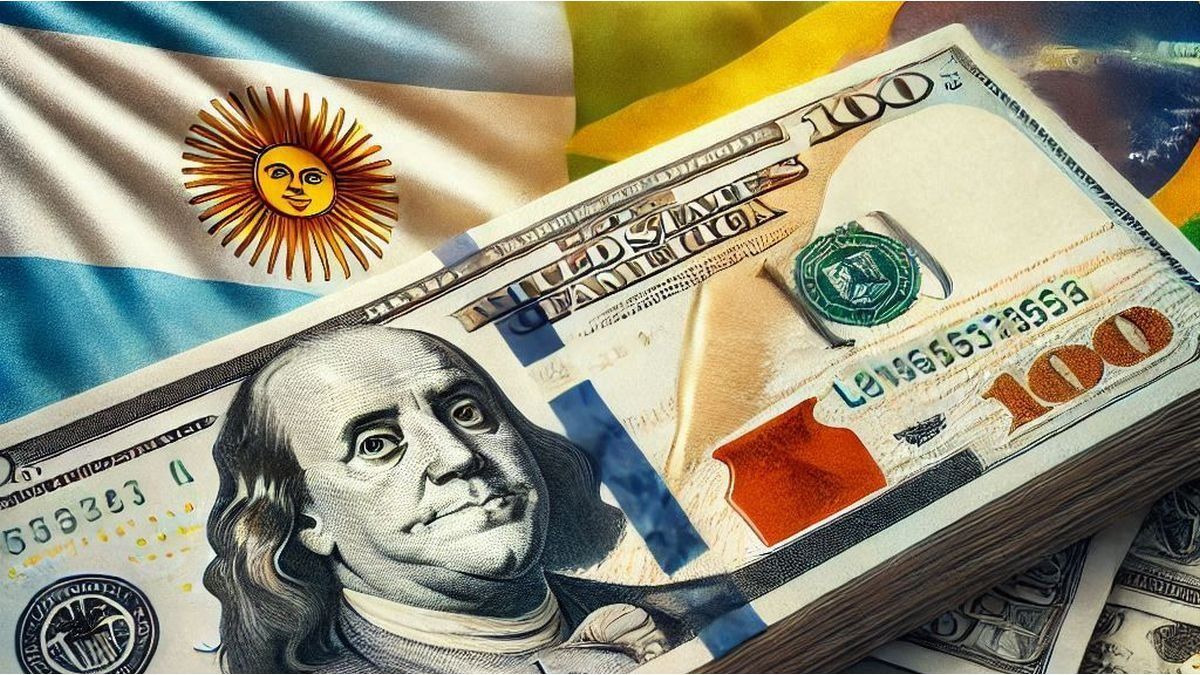The exchange rate in Argentina is at the center of the economic debate. While economists from various schools suggest that the dollar is “behind,” President Javier Milei assures that it is not. and defends his cheap dollar economic policy as a reflection of confidence in his administration.
Milei’s argument: the dollar is not behind
President Javier Milei maintains that the exchange rate is not backward and attributes the criticism to a poor analysis of economic reality. In recent statements, he described as “insulting” the warnings from economists such as Sunday Cavallo, who pointed out an “exaggerated appreciation” of the Argentine peso, and Orlando Ferreres, who placed the theoretical value of the dollar at $1,600.
Milei argues that the exchange gap has decreased significantly, almost disappearing, and that international reserves have increased by $25 billion since his administration began a zero-emissions program. In addition, he highlighted fiscal balance and relative price stabilization as fundamental achievements.
However, the president acknowledged that the departure of exchange rate It requires controlled inflation and additional resources, such as an $11 billion IMF loan. “If we get these funds, we can get out of the trap this year,” he assured.
Late dollar: the view of economists
In recent days, several of the most listened to economists in the city of Buenos Aires expressed their opinions regarding whether or not the dollar is behind. The coincidence is that yes:
Christian Buteler: “There will be no complete exit from the stocks in 2025”
For financial analyst Christian Buteler, exchange restrictions will not be completely lifted in 2025. He believes that the government will prioritize gradual measures, such as the elimination of the “dollar blend”, which would allow the Central Bank to recover reserves and establish the true value of the exchange rate. change.
According to Buteler, “releasing the exchange rate as soon as possible” is key, but doing so abruptly, as in Mauricio Macri’s administration, could generate economic and social tensions.
Orlando Ferreres: “The dollar should be $1600”
Economist Orlando Ferreres warned about an exchange delay that affects the competitiveness of the Argentine economy. According to their calculations, the theoretical equilibrium exchange rate is $1,600, a level much higher than the current one.
Ferreres pointed out that the appreciation of the peso could generate problems similar to those of convertibility, such as an increase in imports and difficulties in accumulating reserves. He also warned that the sustainability of the scheme depends on the entry of capital into key sectors such as agriculture and energy.
Marina Dal Poggetto: “The real exchange rate returns to convertibility levels”
Economist Marina Dal Poggetto agreed that the official exchange rate shows signs of lagging. He pointed out that the value of the dollar is returning to levels similar to those of convertibility, which reflects a mismatch between inflation and devaluation.
According to Dal Poggetto, the segmentation of the exchange market and negative reserves are factors that complicate the sustainability of the scheme. In addition, he stated that a reduction of the “crawling peg” to 1% per month could aggravate exchange tensions.
Fausto Spotorno: “The exchange rate delay will continue”
Fausto Spotorno, former government advisor, considered that the real exchange rate is determined by market expectations and subjectivity. “To know if the dollar is cheap or expensive, you first have to release the stocks,” he said.
Although he supports the elimination of exchange restrictions, Spotorno warned that the exchange rate delay will continue for some years due to the appreciation generated by the influx of dollars from investments.
Source: Ambito
I am a 24-year-old writer and journalist who has been working in the news industry for the past two years. I write primarily about market news, so if you’re looking for insights into what’s going on in the stock market or economic indicators, you’ve come to the right place. I also dabble in writing articles on lifestyle trends and pop culture news.




